Oh, not that I know of. I was being facetious. I'm in some FB groups for tarantula keepers though, and they feel like their spiders recognize them. Admittedly, I don't know as much about arthropod behavior as I do for vertebrates.
A lot of tarantulas on this island do tend to inhabit burrows directly next to roads though. I'm not sure if it's about prey availability or what. I didn't see as many tarantulas in the forests.

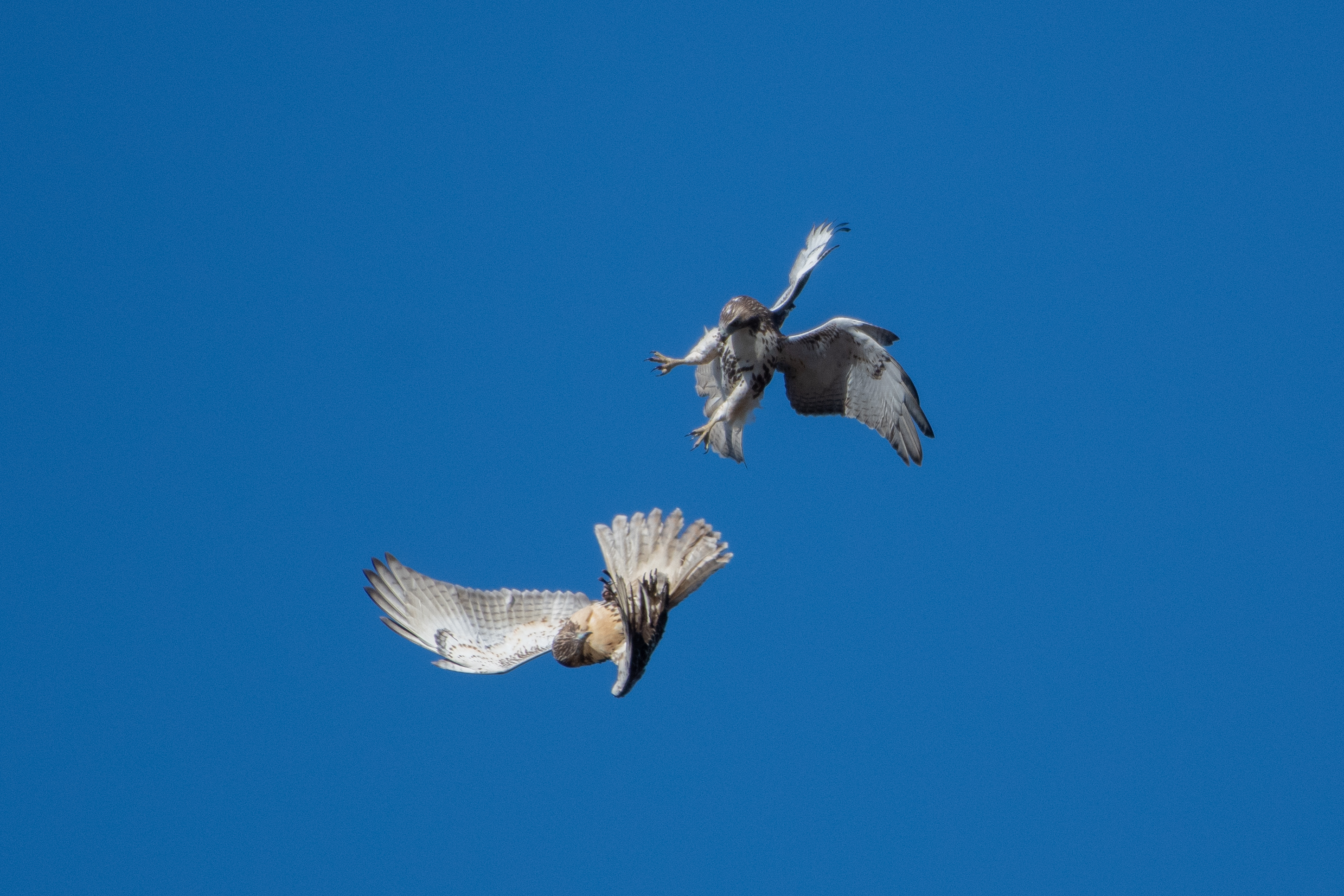

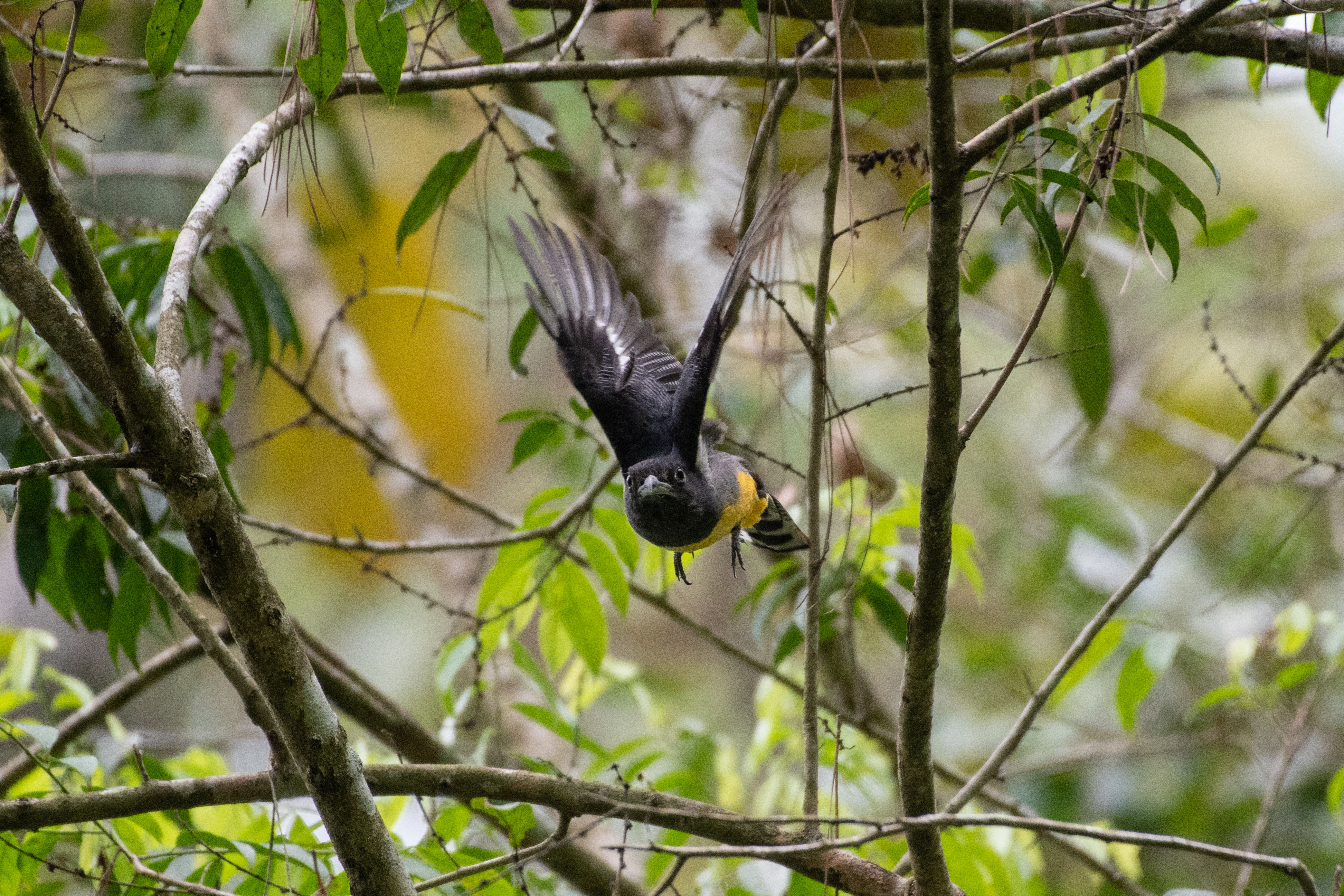


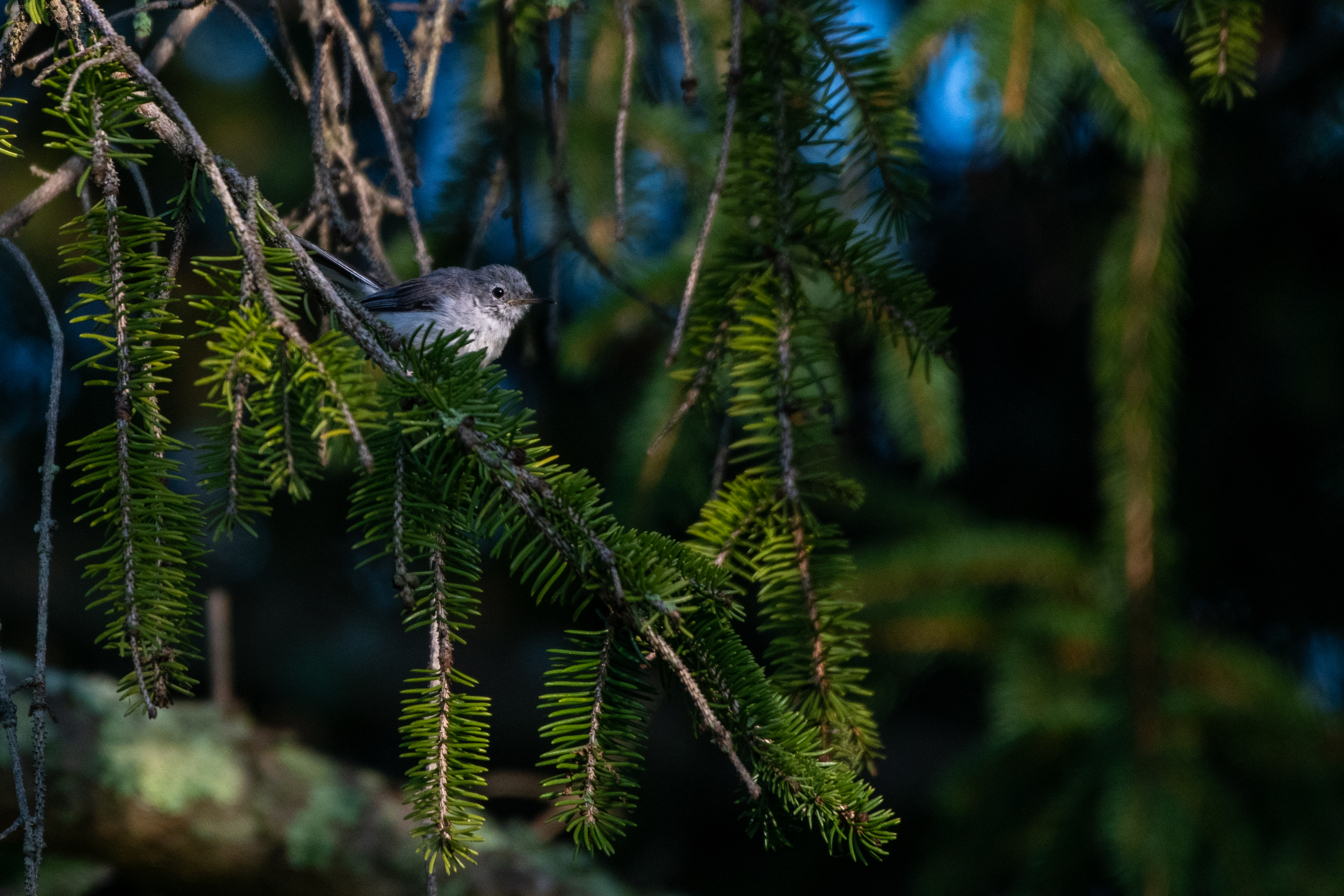

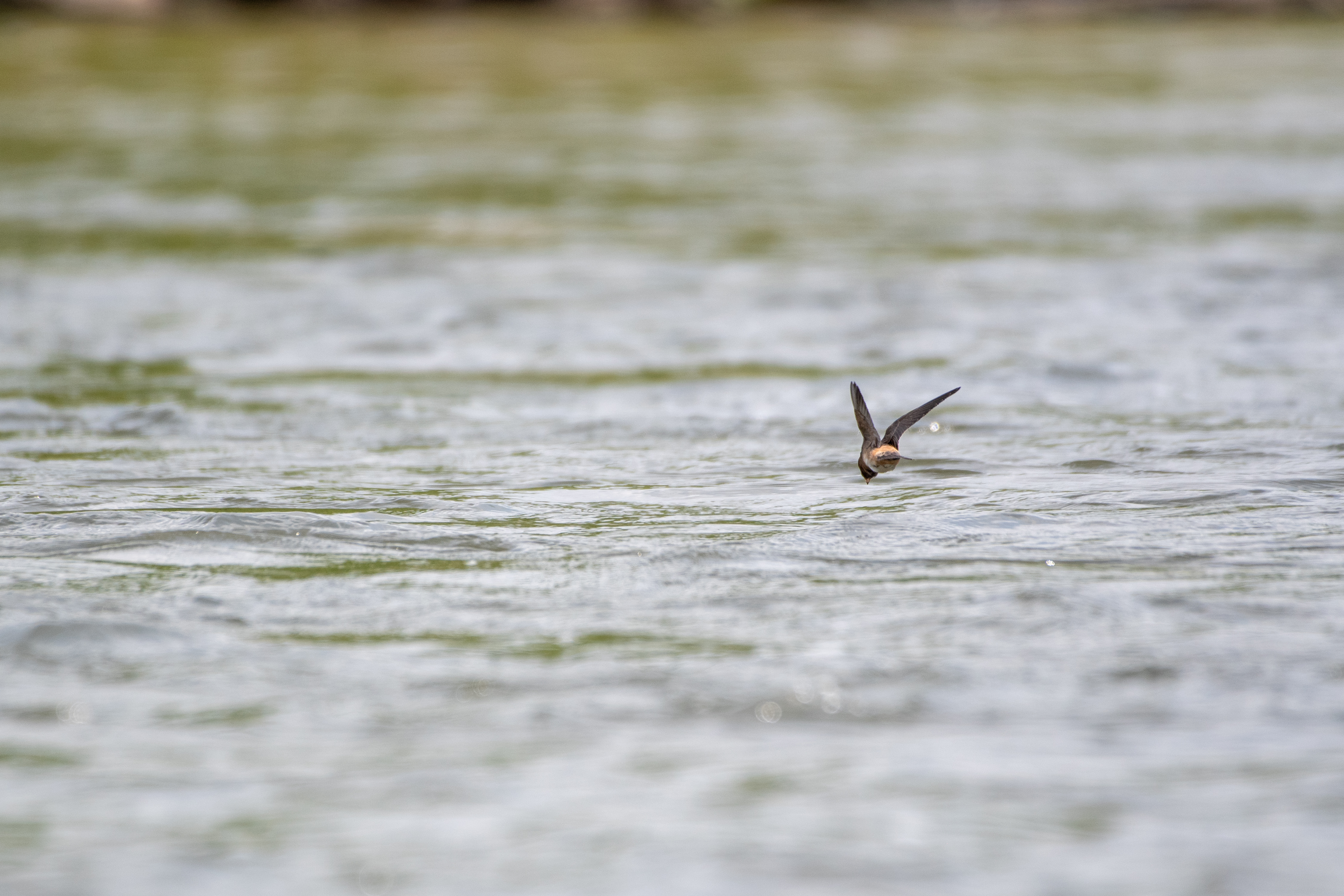
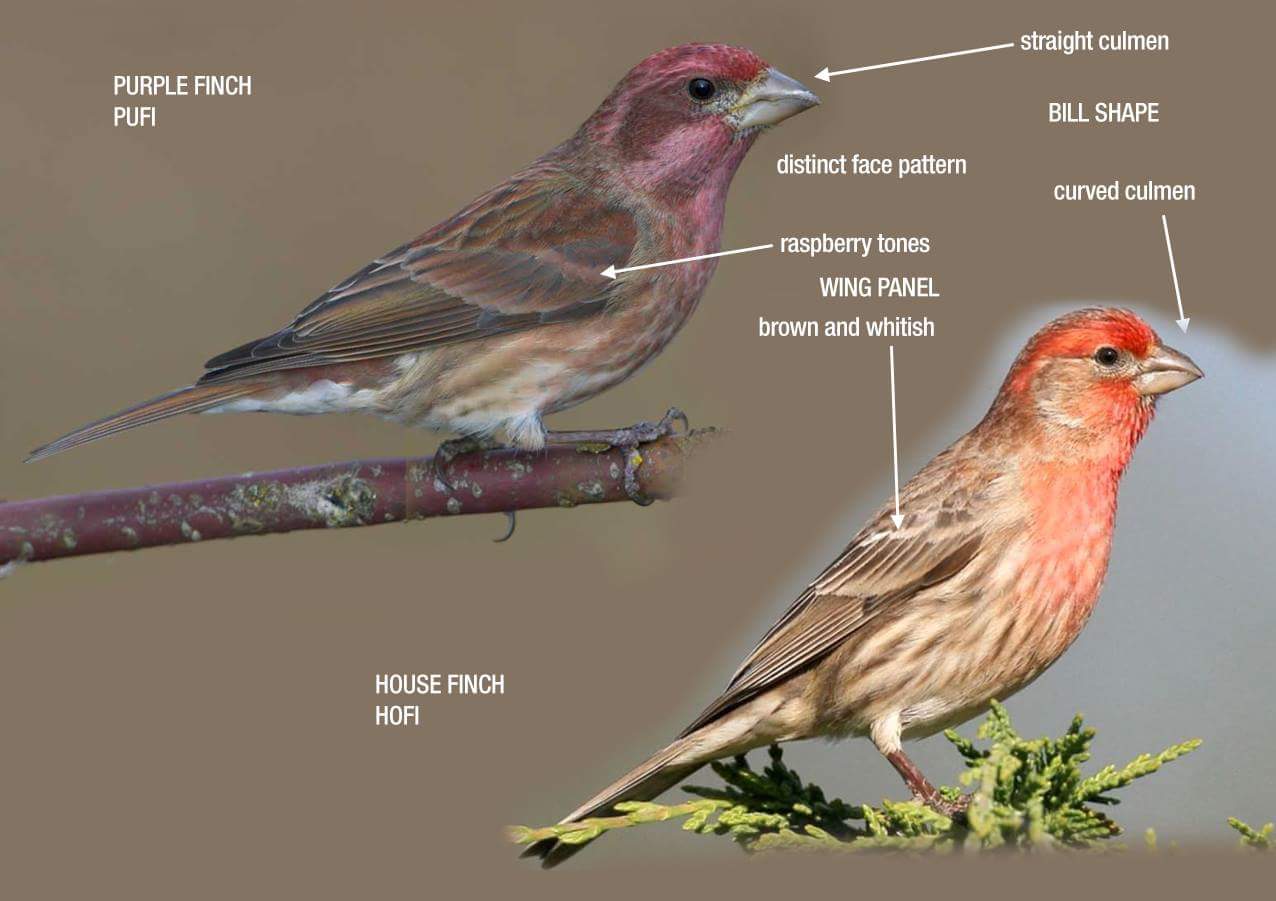
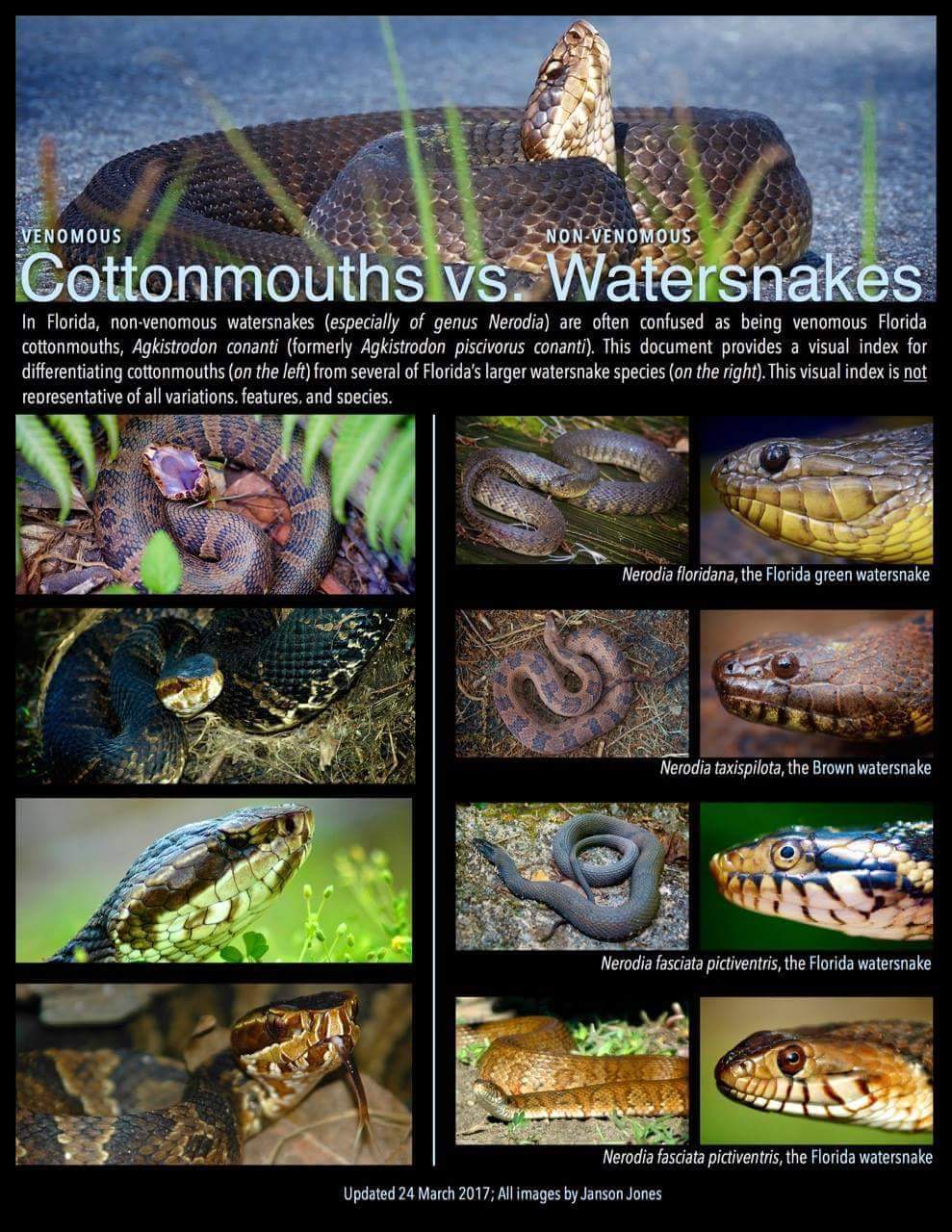

Adorable! Yeah, I saw like 8 or so of these guys that one night. Their mannerisms are amusing. These were in dry forest too though just outside the main part of town.